Component B—Review Questions
Case A
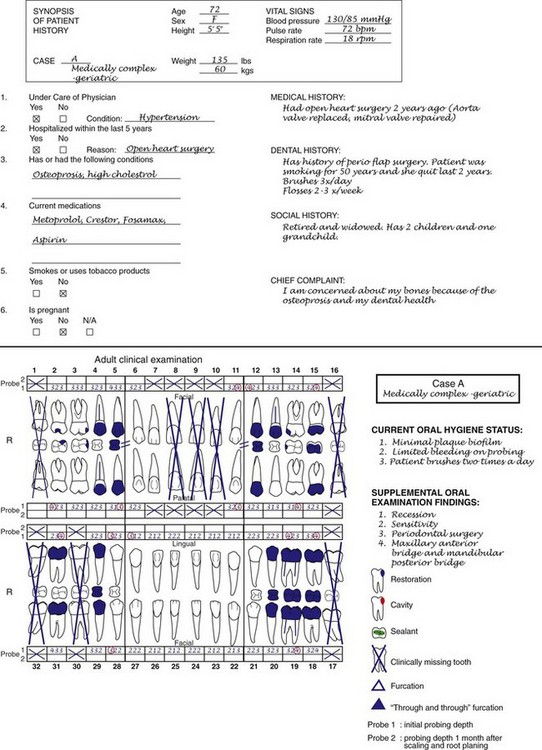
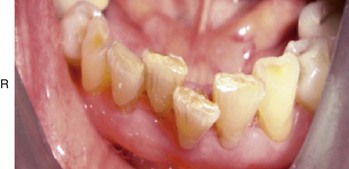
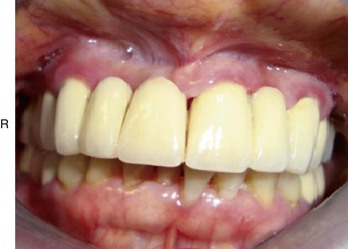
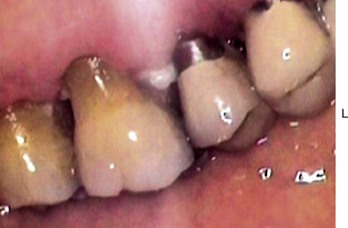
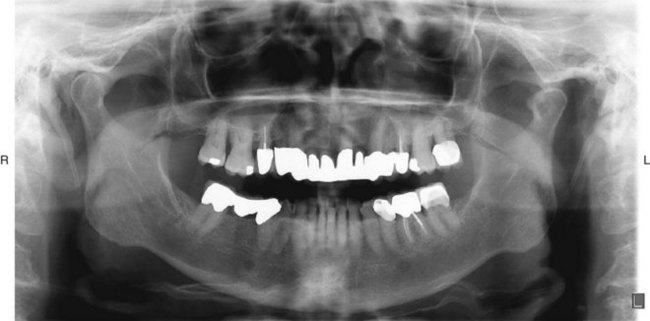
1. Which of the following medications is prescribed for this client’s treatment of high blood pressure?
2. The radiopaque line observed on the panoramic radiograph that runs horizontally across the maxilla from molar to molar is caused by the:
3. The gingival recession noted on tooth #3 is MOST likely caused by:
4. Using G. V. Black’s classification of dental caries and restorations, which of the following describes the restoration on tooth #3?
5. The alignment of teeth #24 and 25 in relation to the client’s occlusion are referred to as:
6. Which of the following is the radiolucent area viewed on the apical area of tooth #20?
7. Which of the following home care aids would be MOST useful for this client to clean underneath her bridges?
8. During client preparation for the panoramic radiograph, a lead apron without a thyroid collar should be placed around the client’s neck because the thyroid collar:
a. Blocks part of the beam and obscures important diagnostic information
b. Affects the complete rotation of the machine during radiographic exposure
c. Creates a ghost image on anterior teeth on the panoramic radiograph
d. Causes the client’s chin to tip upward during the rotating cycle
9. The redness on the marginal gingiva of tooth #11 is MOST likely caused by:
10. Which of the following BEST describes the contour of the interdental papilla around teeth #23, #24, #25, and #26?
11. The endodontic material used to obturate the roots of teeth #4, #13, and #19 during endodontic therapy is MOST likely:
12. The amount of recession observed on tooth #3 is 6 mm, and the pocket depth is 3 mm. Which of the following accurately reflects the clinical attachment level?
13. Which of the following is an advantage of the porcelain-fused-to-metal crowns observed in this client compared with a porcelain-only crown?
14. The daily dosage of aspirin taken is sufficient to cause:
15. The incisal edges of the anterior mandibular teeth are characteristic of:
Case B
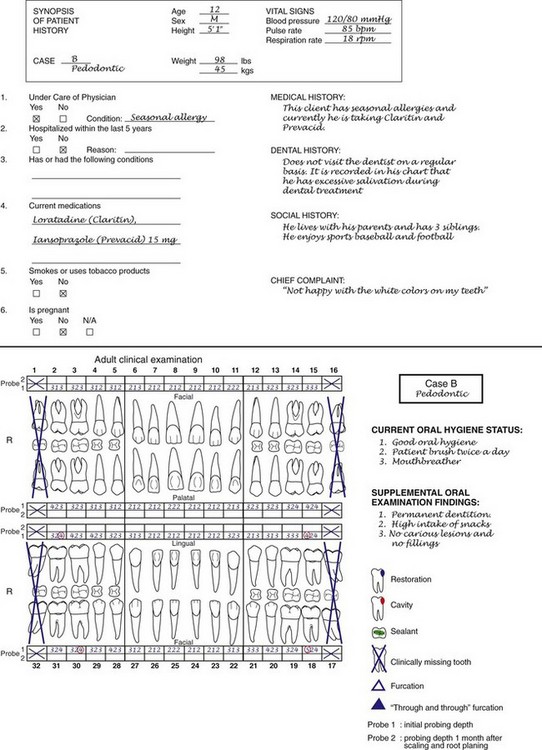
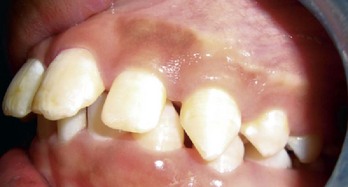
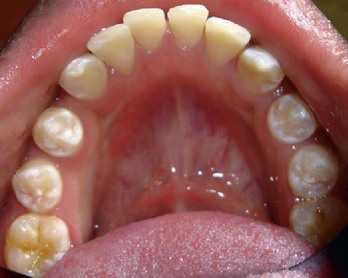
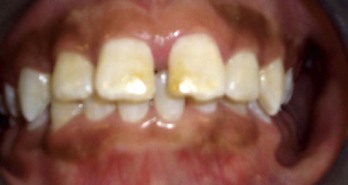

1. Which of the following BEST describes this client’s vital signs?
a. Blood pressure is considered low
b. Respiration is considered low
2. The 15 mg of lansoprazole (Prevacid) taken by this client is indicated for:
3. The dark brownish area on the gingival and alveolar mucosa on the area of tooth #10 is caused by:
4. At the end of oral prophylaxis, the dental hygienist applied fluoride varnish to the client’s teeth. Varnish consists of:
a. Sodium fluoride in a noncolophony or rosin base
b. Acidulated phosphate fluoride at 2%
5. During the bitewing technique, the central ray of the x-ray beam should be directed at:
6. During treatment, the dental hygienist noticed excessive salivation in the client. Which of the following salivary glands produce the largest amount of saliva in the mouth?
7. Which of the following BEST describes the relationship of the incisal occlusion of anterior teeth?
8. The cause of the generalized white areas observed on most of the teeth is MOST likely caused by:
9. The BEST rationale for the 5-mm probe reading on the mesiobuccal of tooth #18 is:
10. Which of the following is a motivator to help this client improve his home plaque removal routine?
11. The dentist has recommended that this client’s parents consult with an orthodontist. If the client has orthodontic appliances placed on his teeth, which of the following would you NOT recommend as an adjunct to his home care after his braces are placed?
12. The spacing observed between the anterior maxillary teeth is:
a. Normal for this client’s age and eruption pattern
b. Excessive and indicates diastemas between the permanent teeth
c. Minimal and indicates that crowding will occur in the future
d. No spacing is evident between the anterior maxillary teeth
13. As indicated in the client’s dental history, this client is a mouthbreather. All of the following are significant oral conditions common in mouthbreathers EXCEPT one. Which one is the EXCEPTION?
14. During football season, this client would benefit from a mouth protector because of all the following reasons EXCEPT one. Which one is the EXCEPTION?
a. Promoting mouth protectors to the other players on the team
b. Preventing the dislocation or fracture of the anterior maxillary teeth
c. Minimizing lacerations by holding soft tissues away from teeth
d. Decreasing shock to the temporomandibular joint (TMJ) and the mandibular condyle, which would prevent concussions
15. The type of material used for athletic mouth protectors is referred to as:
Case C
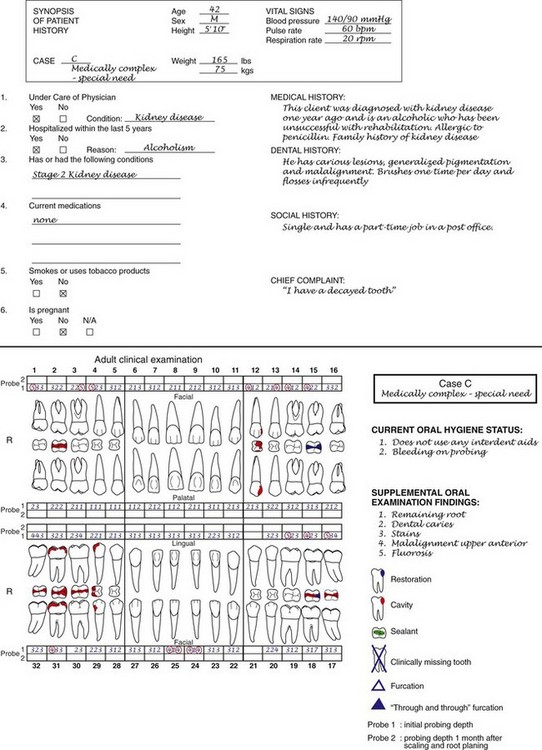

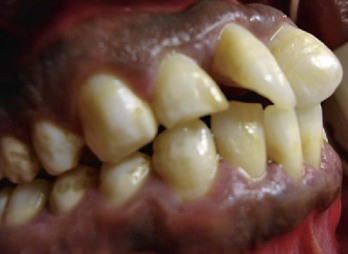
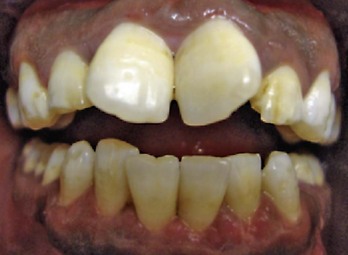
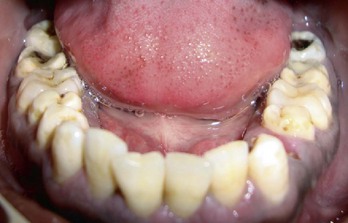
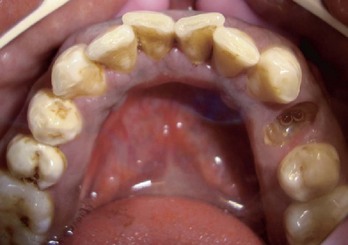
1. This client was diagnosed with stage 2 chronic kidney disease. What does stage 2 imply?
a. Kidney damage with normal kidney function
b. Kidney damage with a mild decrease in kidney function
c. Kidney damage with a moderate decrease in kidney function
2. All of the following drugs use the kidneys as a major pathway of elimination and must be used with caution for this client EXCEPT one. Which one is the EXCEPTION?
3. The impaired kidney function can lead to the following effects EXCEPT one. Which one is the EXCEPTION?
4. Recommended dental hygiene care for this client who has stage 2 kidney disease should include:
a. Maintaining the highest level of oral health to prevent the need for extensive treatment
b. Addressing and communicating with the client directly and not just through the caregiver
c. Providing the client with the opportunity to expectorate often because of the increase in salivary flow
d. Allowing frequent changes in the client’s body position during treatment to avoid client discomfort
5. Prolonged alcohol use MOST commonly increases the incidence of damage to the:
6. Which of the following oral conditions is this client MOST susceptible to because of his alcoholism?
7. All of the following are common extraoral signs of alcoholism EXCEPT one. Which one is the EXCEPTION?
a. Tremor of hands, tongue, eyelids
b. Breath odors of alcohol and tobacco
8. The type of cyst found on the apical area of tooth #21 can be BEST described as a:
9. A radiopaque line mainly composed of dense cortical bone found above the apices of maxillary premolars and molars in this client’s posterior maxillary radiographs is known as the:
10. The technique error in the upper left molar periapical radiograph can be corrected by:
a. Moving the position-indicating device (PID) more distally
b. Adjusting the vertical angulation
11. Which of the following is the BEST choice to remove subgingival calculus in this client?
12. The mandibular occlusal intraoral photograph of this client confirms that one of the following treatment needs was performed first. Which treatment need is it?
13. The MOST probable cause for the alignment of teeth #8 and #9 is:
14. The classification of dental caries in teeth #29 and #31 can be BEST identified as________ and ________ respectively:
15. This client wants to use a mouthrinse because he believes it will make his mouth feel fresher. You have instructed him to use a fluoridated, essential oils–containing mouthrinse without alcohol with the American Dental Association (ADA) Seal of Acceptance. Other than his alcoholism, the following represent other good reasons for recommending an ADA-accepted mouthrinse with essential oils EXCEPT one. Which one is the EXCEPTION?
Case D
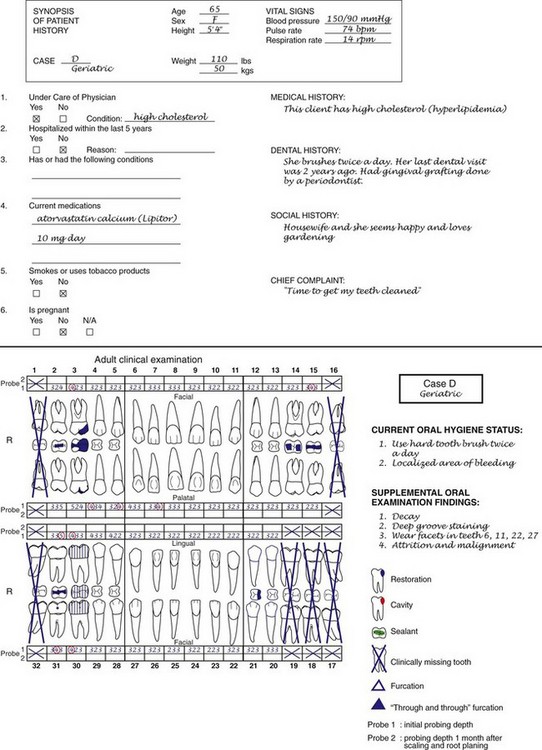
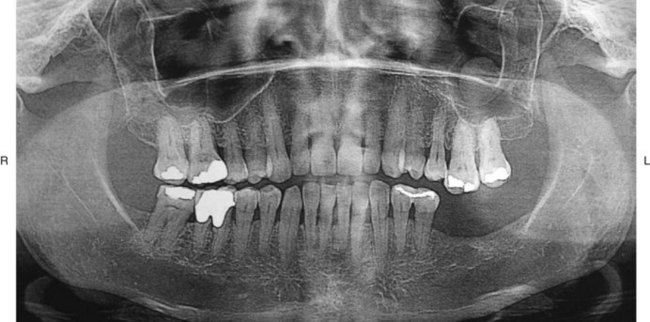
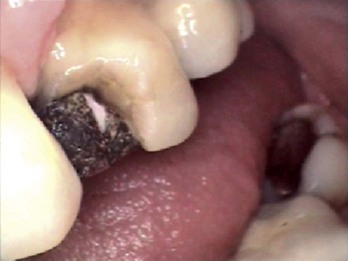
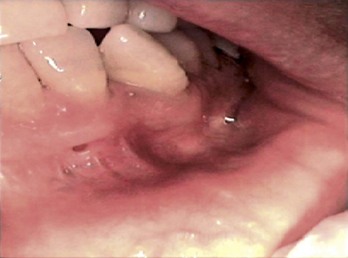
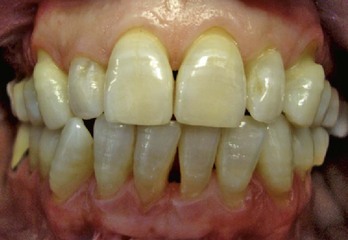
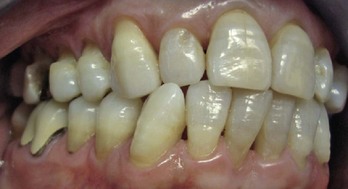
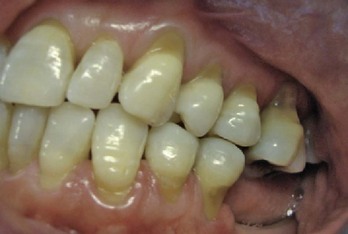
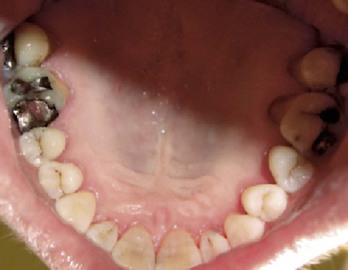
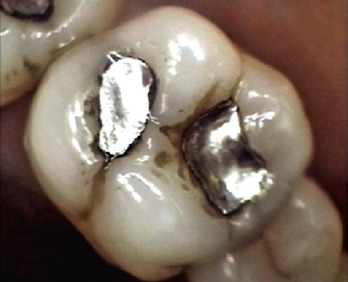
1. How would you describe the classification of an ASA (American Society of Anesthesiologists) physical status II client?
a. A client with severe systemic disease that is a constant threat to life; does require dental treatment modifications
b. For a healthy client, it is not necessary to modify the dental treatment
c. A client with moderate to severe systemic disease requires special care, and dental treatment modifications are generally necessary
d. A client with mild systemic disease that does not interfere with day-to-day activity may require dental treatment modifications
2. According to Black’s classification of restorations, which of the following describes the restoration on tooth #3?
3. Which of the following terms BEST describes the radiopaque lesion in the left maxillary sinus?
4. During the panoramic radiography procedure, what will be the result if the patient’s head is positioned too high or is tipped upward and the Frankfort plane is angled upward?
a. Loss of details in maxillary incisor region
b. Lack of visibility of the mandibular condyle
5. Which of the following BEST describes the conditions in the cervical areas of maxillary left and right molars?
6. Which of the following is the BEST term for the sign of the disease or disorder on tooth #14?
Stay updated, free dental videos. Join our Telegram channel

VIDEdental - Online dental courses


